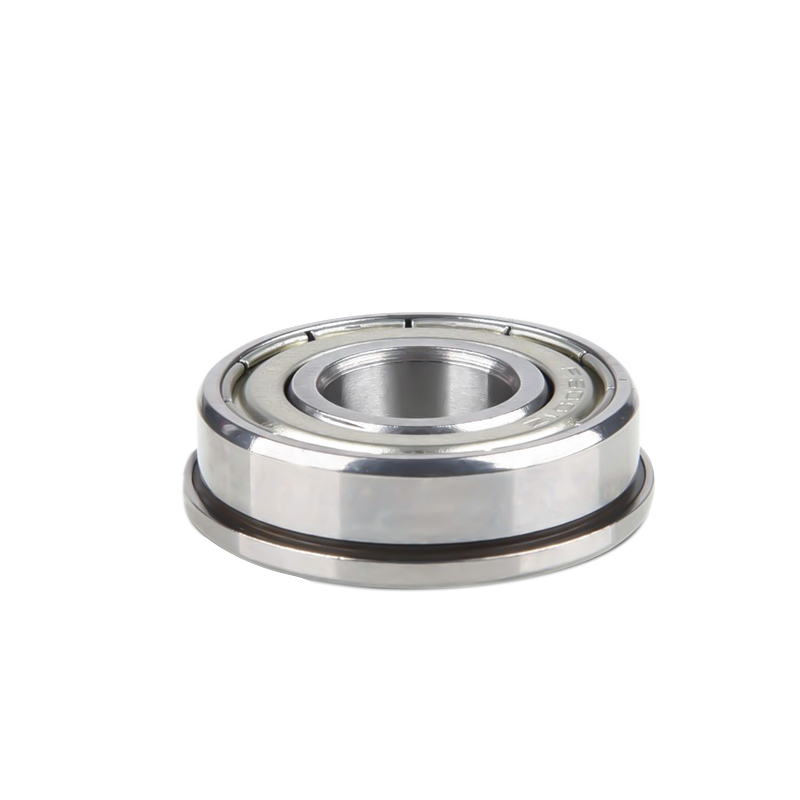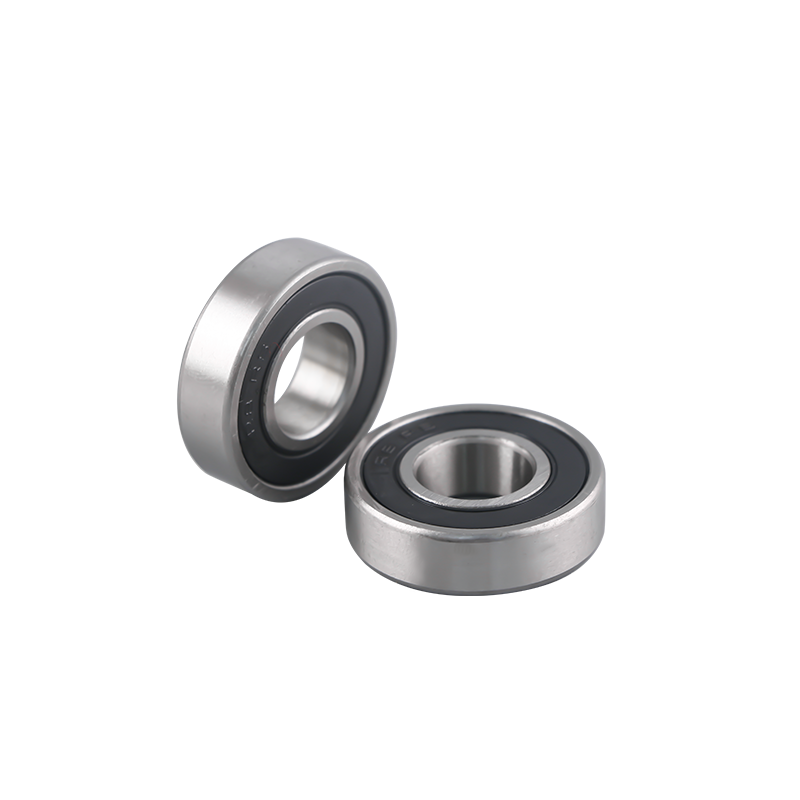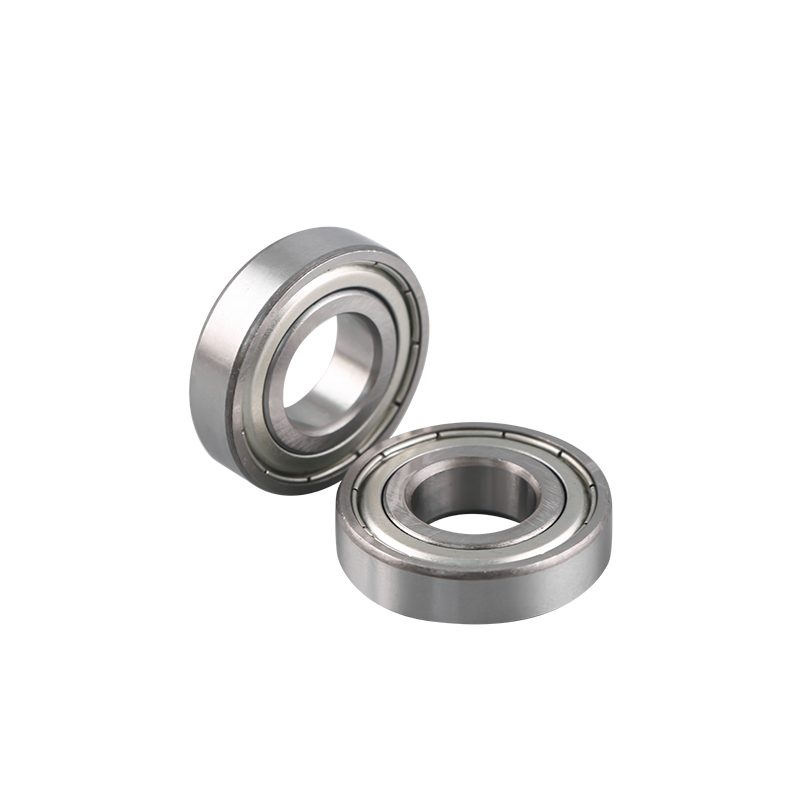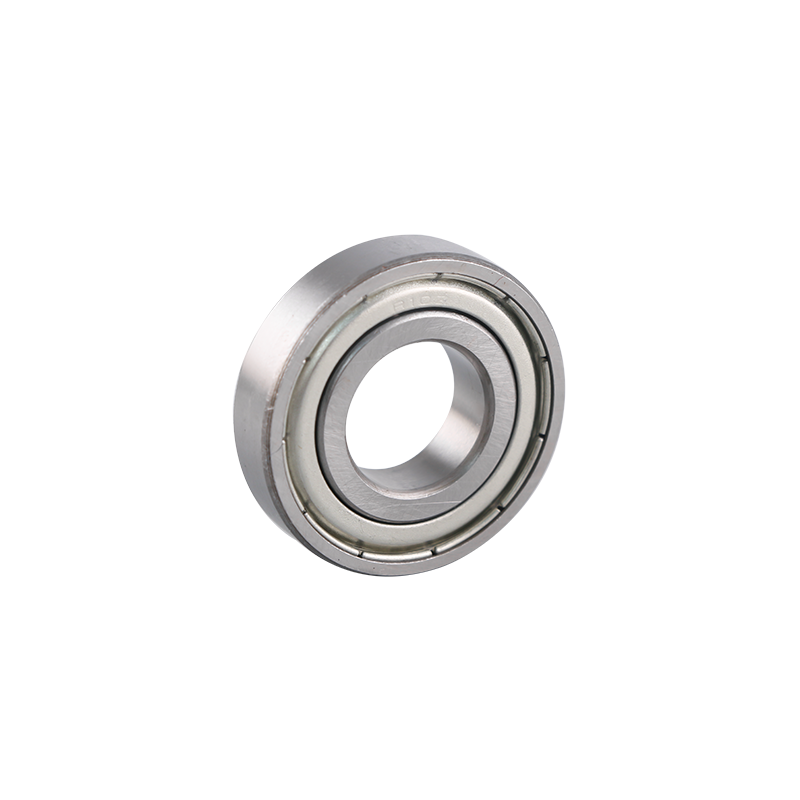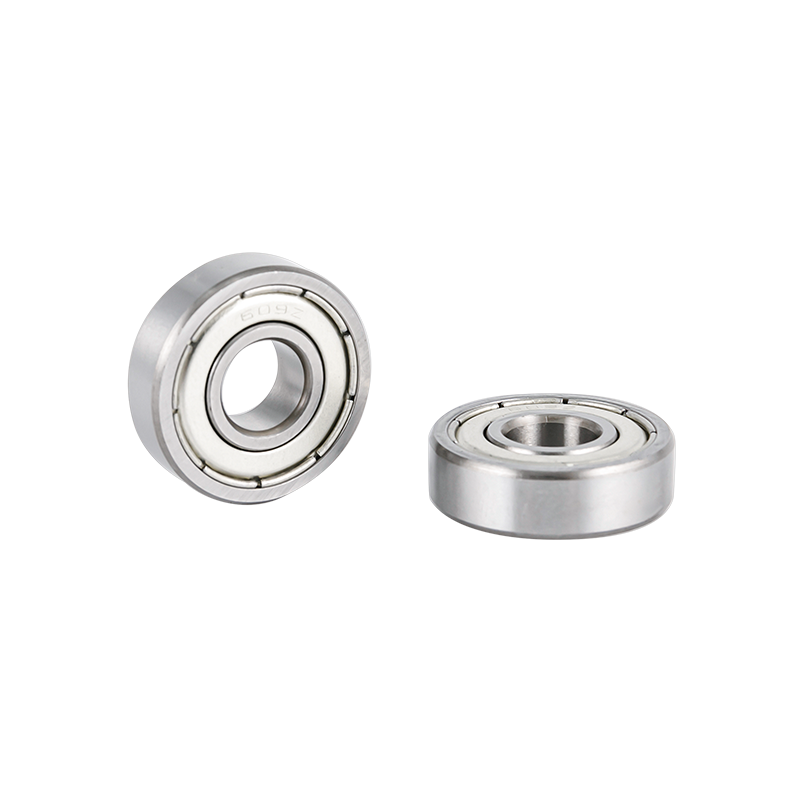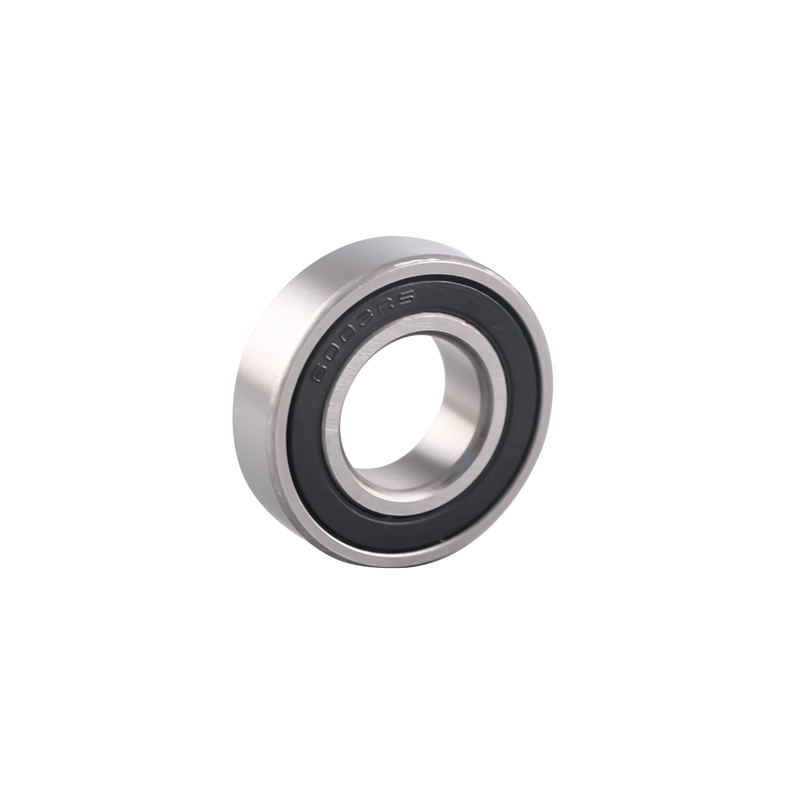The speed at which a deep groove
ball bearing operates has a significant influence on its working temperature. The relationship between speed and temperature in deep groove ball bearings can be explained by several key factors:
Frictional Heat Generation: At higher speeds, the rolling elements (balls) and the raceways (inner and outer rings) of the bearing experience increased sliding and rolling contact. This elevated motion generates friction, which, in turn, generates heat. The rate of heat generation is directly proportional to the speed. Therefore, higher speeds result in greater frictional heat within the bearing.
Viscous Heating: As the bearing rotates at higher speeds, the lubricant in the bearing experiences greater shear forces. This can lead to viscous heating, where the lubricant heats up due to its internal friction. Viscous heating contributes to the overall temperature rise in the bearing.
Centrifugal Forces: At higher speeds, centrifugal forces acting on the rolling elements can cause them to slightly deform, affecting the contact between the balls and raceways. This deformation can lead to increased friction and heat generation, contributing to higher operating temperatures.
Cooling Efficiency: The ability of the bearing to dissipate heat is also influenced by its speed. Higher speeds can enhance the cooling efficiency of the bearing by promoting better air circulation. However, in extremely high-speed applications, excessive heat generation may outpace the cooling capacity, leading to elevated temperatures.
Lubrication: The lubrication system's effectiveness becomes more critical at higher speeds. Proper lubrication is essential to reduce friction and manage temperature. Inadequate lubrication can lead to higher temperatures due to increased friction and wear.
Material Properties: The bearing's material properties can impact temperature at high speeds. Bearings with advanced materials and heat-resistant coatings may be better suited to handle the elevated temperatures generated by rapid rotation.
Cage Design: The cage or separator in the bearing can also influence temperature at high speeds. Well-designed cages minimize friction and maintain proper ball spacing, preventing excessive heat generation.
Bearing Clearance: The internal clearance within the bearing can affect its temperature response to speed changes. Bearings with specific clearance settings may perform better at certain speeds.
External Factors: Environmental conditions, such as temperature and humidity, can also affect the bearing's temperature response to speed. Extreme conditions may exacerbate temperature issues at high speeds.
